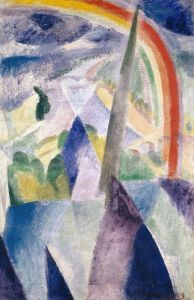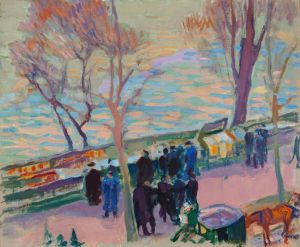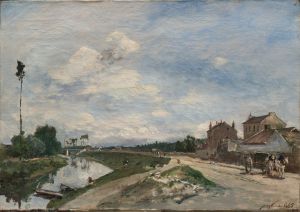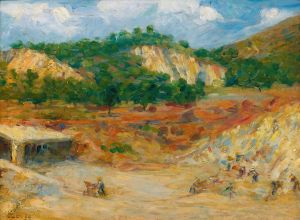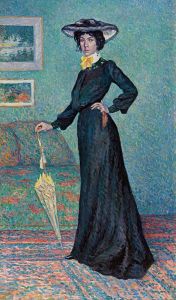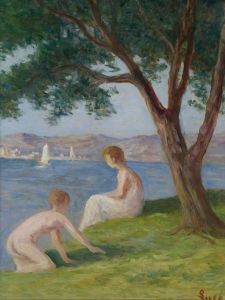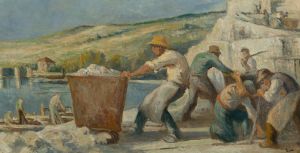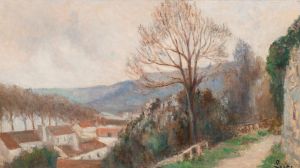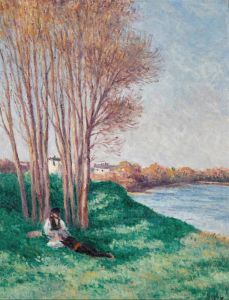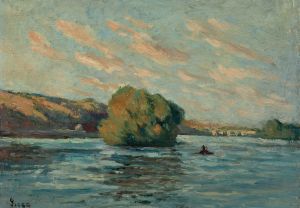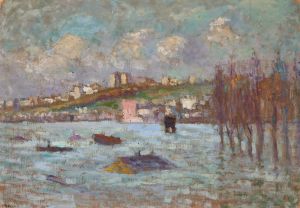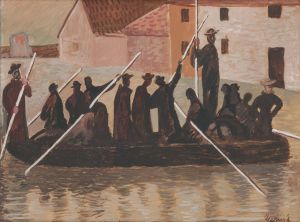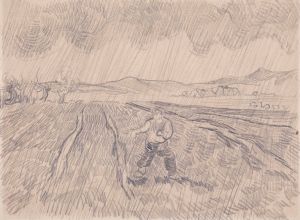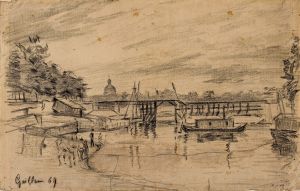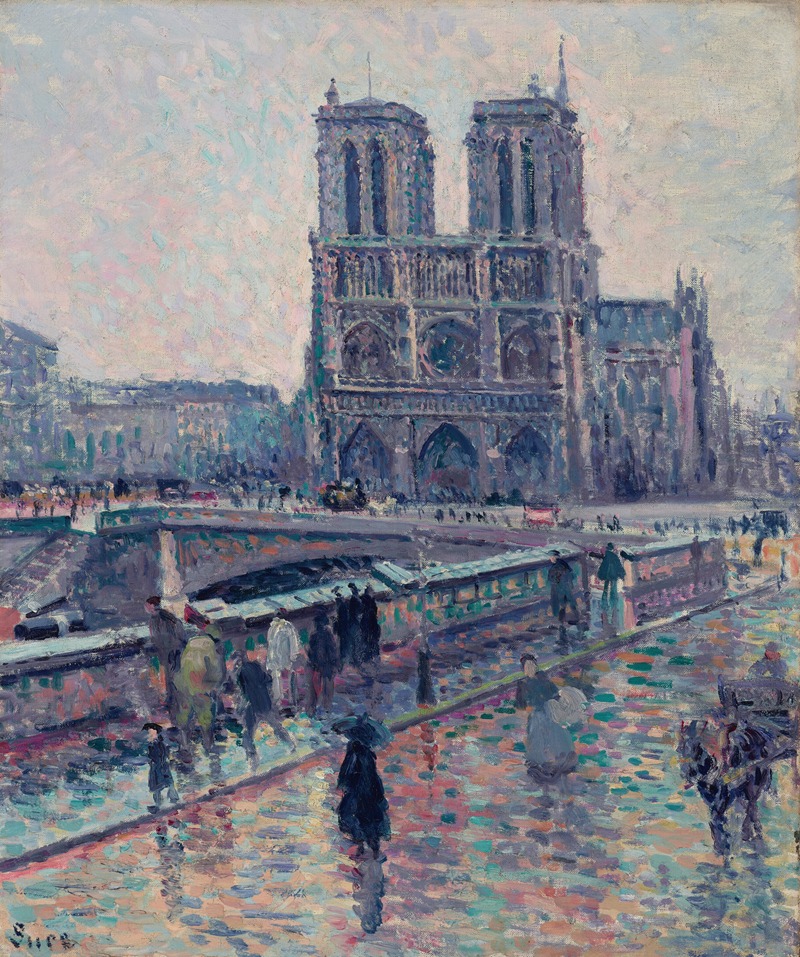
Bords de la Seine avec Notre-Dame sous la pluie
A hand-painted replica of Maximilien Luce’s masterpiece Bords de la Seine avec Notre-Dame sous la pluie, meticulously crafted by professional artists to capture the true essence of the original. Each piece is created with museum-quality canvas and rare mineral pigments, carefully painted by experienced artists with delicate brushstrokes and rich, layered colors to perfectly recreate the texture of the original artwork. Unlike machine-printed reproductions, this hand-painted version brings the painting to life, infused with the artist’s emotions and skill in every stroke. Whether for personal collection or home decoration, it instantly elevates the artistic atmosphere of any space.
Maximilien Luce, a prominent French Neo-Impressionist painter, created the artwork "Bords de la Seine avec Notre-Dame sous la pluie" during a period when he was deeply engaged with the Pointillist technique. Born in Paris in 1858, Luce was initially trained as an engraver before transitioning to painting, where he became associated with the Neo-Impressionist movement, which was characterized by its use of small, distinct dots of color applied in patterns to form an image. This technique was developed from the Impressionist movement and was notably practiced by artists such as Georges Seurat and Paul Signac, with whom Luce was closely associated.
"Bords de la Seine avec Notre-Dame sous la pluie" translates to "Banks of the Seine with Notre-Dame in the Rain," and it captures a quintessential Parisian scene, highlighting Luce's fascination with urban landscapes and atmospheric effects. The painting depicts the iconic Notre-Dame Cathedral, a masterpiece of French Gothic architecture, situated on the Île de la Cité in the heart of Paris. The Seine River, which flows through the city, is a recurring subject in Luce's work, reflecting his interest in the interplay of light and water.
In this particular painting, Luce employs the Pointillist technique to convey the mood of a rainy day in Paris. The use of small, precise brushstrokes creates a shimmering effect, capturing the reflections on the wet surfaces and the diffused light typical of a rainy atmosphere. The scene is both vibrant and serene, with the rain adding a dynamic element to the composition. The Notre-Dame Cathedral, with its intricate façade and towering spires, serves as a focal point, anchoring the composition amidst the fluidity of the rain and river.
Luce's choice of subject matter and technique reflects his broader artistic concerns and his commitment to capturing contemporary life and the transient effects of light and weather. His work often depicted scenes of everyday life, urban landscapes, and the working class, aligning with his anarchist beliefs and his desire to portray the world around him with honesty and empathy.
Throughout his career, Luce remained dedicated to the principles of Neo-Impressionism, even as the movement evolved and other artists moved on to different styles. His paintings are noted for their vibrant color palettes, meticulous technique, and ability to convey mood and atmosphere. "Bords de la Seine avec Notre-Dame sous la pluie" exemplifies these qualities, showcasing Luce's skill in rendering complex scenes with clarity and emotion.
Maximilien Luce's contributions to the Neo-Impressionist movement and his distinctive approach to painting have earned him a respected place in art history. His works continue to be celebrated for their technical precision and their ability to capture the essence of the scenes they depict. "Bords de la Seine avec Notre-Dame sous la pluie" remains a testament to his artistic vision and his enduring fascination with the interplay of light, color, and atmosphere in the urban environment.





